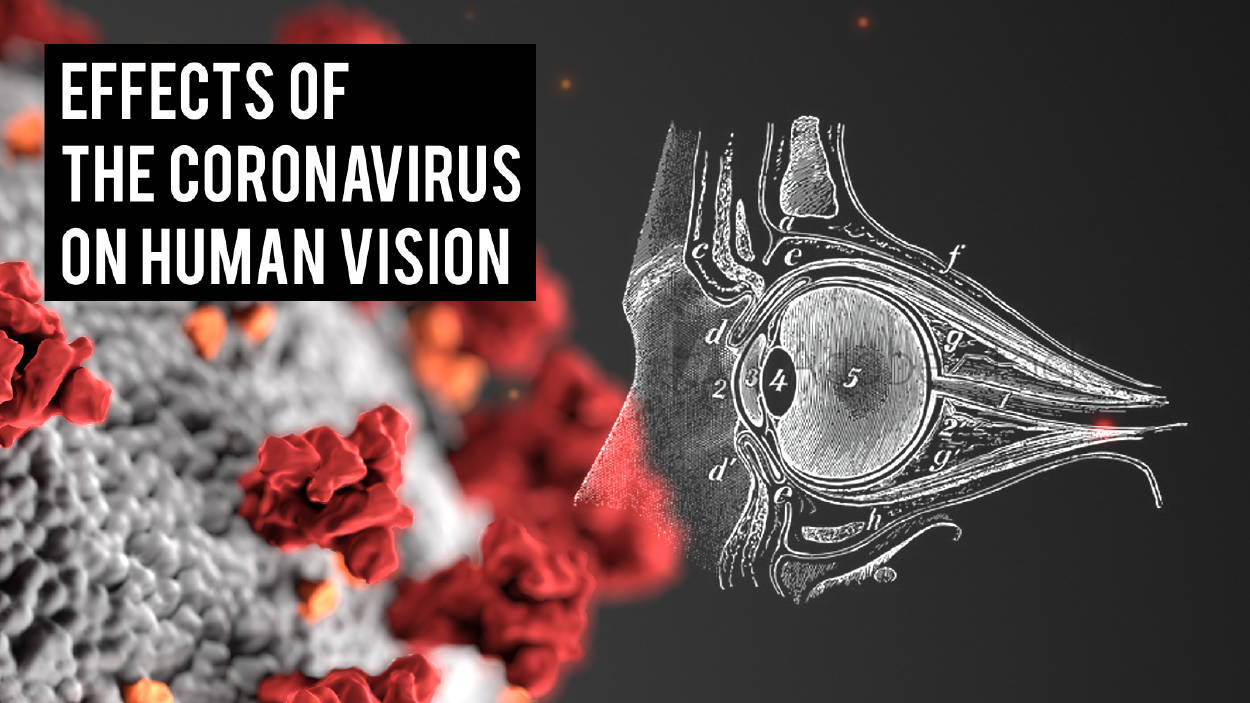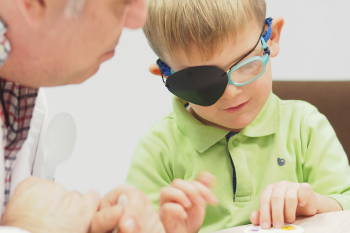
Direct effects of coronavirus on human ocular health
In this series of articles we offer the most important information on eye health in the context of COVID-19 disease, prepared by our excellent collaborators.
Authors: Diego López Alcón, OD, Francisco Lara Ph.D., OD, Rosa Salmerón Campillo OD, Vicente Fernández-Sánchez, OD, Norberto López-Gil Ph.D.
Additional revision by: José Manuel González-Meíjome y Gonzalo Carracedo.
Table of contents
- Introduction - Direct effects of coronavirus on human ocular health (the present article)
- Can I continue to use contact lenses during the COVID-19 outbreak?
- What precautions should we expect going to see an eye doctor during COVID-19?
- Confinement - How can online learning affect my children's vision?
- Bibliography relevant to ocular health in the context of COVID-19
Introduction
Coronaviruses - Coronaviridae - (CoV) are a family of single-stranded RNA viruses with a series of projections on their exterior coat that resemble a crown, hence its name, which cause infection in humans, such as for example the common cold, and in a variety of animals, including birds and mammals such as camels, cats, and bats. The coronavirus causing this new outbreak that is associated with a severe acute respiratory syndrome (Severe Acute Respiratory Syndrome in English, or SARS) has been called SARS-CoV-2 or COVID-19.1
CoVs have been shown to cause eye infections in different animals: from pathologies of the anterior segment such as conjunctivitis and anterior uveitis to afflictions of the retina or optic nerve such as retinitis or optic neuritis. It is not scientifically proven that CoVs cause these ocular conditions in humans.2 According to the WHO report in China, the most frequent symptoms and signs in laboratory-confirmed cases are: fever (87.9% ), dry cough (67.7%), asthenia (general fatigue) (38.1%)..., including conjunctival congestion (0.8%).7

According to the Centers for Disease Control and Prevention from the USA and Europe,2,3 the virus is believed to spread mainly from person to person through the transmission of respiratory droplets with virus particles present in the respiratory tract when sneezing, coughing, or exhaling. This is an air transmission in case of close contact between people (approximately 1.8 m), and the main reason why social distancing is established as a preventive measure.
In addition, there are also two other forms of transmission: direct contact and indirect contact. In the latter, an infected person touches a surface that is then in turn touched by another who then contracts the disease. This is due to the fact that SARS-CoV-2 can survive for several hours in inanimate environments (for example, copper, cardboard, plastic ...) .4,5 At the same time, given the virus's exterior coat is made up of a double lipid (fats) layer together with structural proteins, common cleaners can attack and inactivate it. Therefore, it can be inactivated in one minute by disinfecting the surface with 62-71% ethanol, 0.5% hydrogen peroxide (hydrogen peroxide), or 0.1% sodium hypochlorite (bleach when dissolved in water).6
Continue reading
- Introduction - Direct effects of coronavirus on human ocular health (the present article)
- Can I continue to use contact lenses during the COVID-19 outbreak?
- What precautions should we expect going to see an eye doctor during COVID-19?
- Confinement - How can online learning affect my children's vision?
- Bibliography relevant to ocular health in the context of COVID-19




